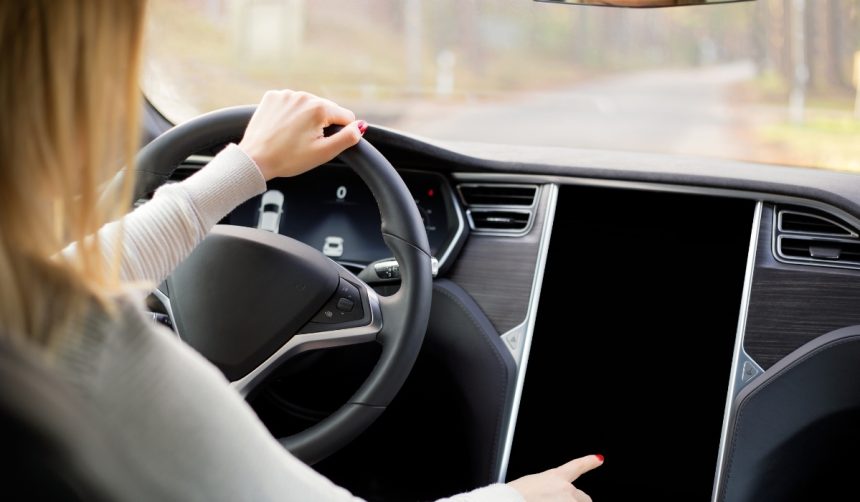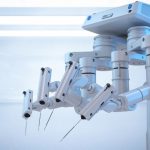Tesla is introducing a 30-day complimentary trial of its Full Self-Driving (FSD) software suite, giving drivers an opportunity to experience advanced autonomous driving features without committing to a purchase. The move targets both new and existing owners of the Model S, Model 3, Model X, Model Y, and the recently released Cybertruck. By providing hands-on access to the latest FSD iteration, Tesla is seeking to broaden user engagement and measure customer interest in the suite beyond the current subscriber base. This initiative comes as many drivers have hesitated to make the significant financial investment in FSD, weighing the monthly subscription fee against the outright purchase cost.
Similar free trials have been rare for Tesla’s FSD suite. Past updates have rolled out features to limited user groups, while promotions typically focused on software improvements rather than open trials. The newly announced 30-day window contrasts with previous strategies that depended heavily on direct sales and subscriptions. As Tesla faces increasing competition in vehicle autonomy from established automakers and startups alike, opening its FSD technology to a broad audience via a no-strings-attached trial marks a calculated effort to drive adoption. This launch coincides with a modest advertising push by Tesla—another step the company has only recently begun to embrace.
Which Vehicles Are Eligible for the Trial?
The trial is available to owners of eligible Tesla models located in the United States, Canada, Puerto Rico, and Mexico. To qualify, drivers must operate Model S, Model 3, Model X, Model Y, or Cybertruck vehicles running FSD version 14.2 or later. Tesla has clarified that those who have already purchased the FSD suite outright cannot access the trial. Additionally, the offer does not permit transfers between vehicles and carries no cash value.
What Features Will Drivers Experience?
Participants gain access to the full range of available FSD features, including the recent additions found in v14, such as Speed Profiles and Arrival Options. These upgrades are part of a broader strategy to highlight the advancements in Tesla’s supervised autonomy, aiming to demonstrate the suite’s capabilities in real-world driving scenarios. Tesla is delivering notifications to eligible users by email, allowing convenient activation of the 30-day trial on their vehicles.
Why Is Tesla Offering This Trial Now?
The trial addresses a key company objective to boost FSD adoption rates, which currently stand at around 12% among Tesla owners, as revealed in recent earnings communications. Tesla leadership has underscored that directly exposing more drivers to supervised autonomous features could positively influence purchasing decisions. According to Tesla CFO Vaibhav Taneja,
“We feel that as people experience the supervised FSD at scale, demand for our vehicles, like Elon said, would increase significantly.”
Alongside this trial, Tesla is also experimenting with targeted advertising to further promote FSD uptake.
Tesla’s foray into promotional trials marks a shift in its marketing approach. The company has typically attracted customers through word-of-mouth, technology updates, and pricing changes, with limited reliance on marketing campaigns or time-limited free usage periods. Launching the FSD trial might be seen as a response to competitive pressure and as a litmus test for broader interest in its autonomous driving package, particularly since the introduction of the lower-priced $99-per-month subscription service. At the same time, the outright purchase option for FSD remains at $8,000, keeping it a substantial investment for many.
Tesla intends to monitor user engagement during the trial closely. By lowering the cost barrier and allowing users firsthand experience with its flagship driver-assistance technology, the company aims to gather insights into user preferences and potential long-term conversion rates. As subscriptions for the FSD suite become more common, Tesla’s strategy may serve as a catalyst for broader adoption of autonomous capabilities. As Vaibhav Taneja noted,
“On the FSD adoption front, we’ve continued to see decent progress. However, note that the total paid FSD customer base is still small, around 12% of our current fleet.”
Time will tell whether this approach leads to a significant increase in FSD take rates or prompts further refinements to Tesla’s marketing and product strategy.










